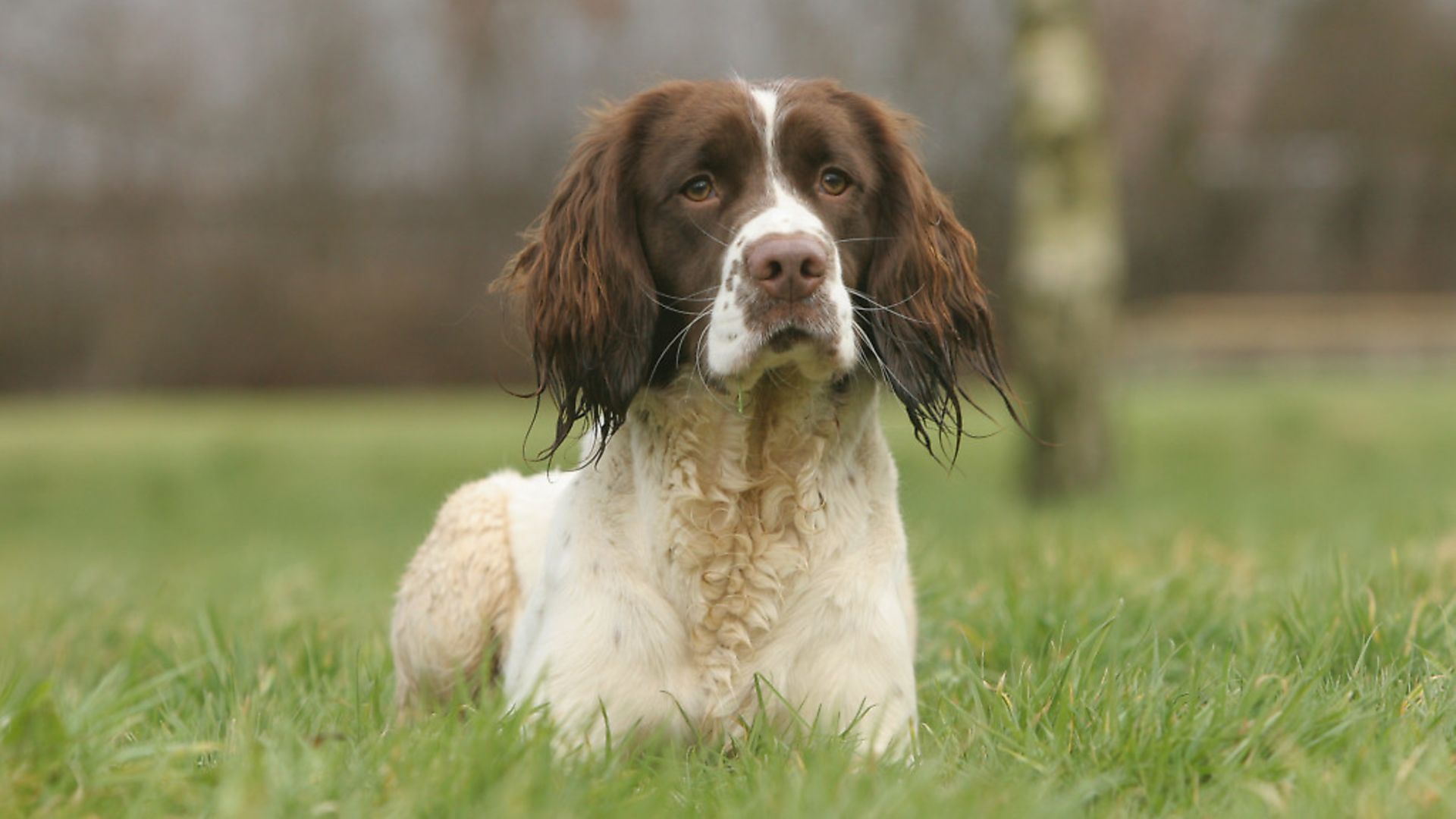Vicky Payne’s informative A-Z of common gundog health issues continues, this time looking at what can go wrong with your gundog’s eyes and ears
 credit: Archant
credit: Archant
Damage while working
Gundogs are, by the nature of what they do, at high risk for eye injuries as they run through cover hunting for birds. Thankfully, they seem to get away unscathed – most of the time.
If your dog comes back squinting and with tears coming from the eye, it has probably scratched the cornea. If there is damage to the eye surface, you might also see the third eyelid coming across the eye.
Mild scratches respond well to saline eye drops, but if irritation persists you must visit the vet. Check that the pupils are the same size and that they both respond to light; a small pupil on the injured side is a sign of uveitis (inflammation in the eye) and this can lead to long-term damage if not treated.
Also common in working dogs is conjunctivitis. The whites of the eyes and the third eyelid will appear more red than normal, and there will be a greenish discharge from the eyes. Again, running through the cover is a common trigger, with either dust and pollen or the cover itself irritating the eyes, leading to the dog rubbing the eyes and starting an infection.
Cold black tea or saline can give temporary relief, but visit your vet if the eyes are still sore and gungy the next morning. Dogs prone to eye irritation can benefit from a routine saline drop or eye lubrication after working.
Loss of vision
Some clouding of the lens is normal as dogs age and this doesn’t affect vision significantly. A rapidly whitening lens and loss of vision is caused by cataracts. These can be caused by age, illness or damage – or it could be an inherited disease. Many dogs manage with cataracts, but surgery is possible to remove them.
Red, bulging eyes, that can be severely painful, can be brought on by infection or a tumour behind the eye, or by glaucoma (either due to damage, or an inherited disease in some breeds including English springers and flat-coated retrievers).
If your dog has a bulging eye, visit the vet as
an emergency!
Inherited eye disorders
Gundog breeds suffer from several inherited eye disorders which can affect vision. Breeding dogs should have annual eye tests by a specialist vet, and some conditions can be screened for using DNA tests.
Some of our breeds also suffer from eyelid problems. Clumber spaniels can present with loose-fitting eyelids (ectropion) which can’t clean the eyes properly. Breeders are now looking for dogs with better eyelid conformation and there has been great improvement in the breed.
Dogs can also suffer from in-turning eyelids (entropion) which rub the eye and cause ulcers.
Ear we go
Our gundog breeds all have pendulous ear flaps, some of which also have long hair. Floppy ears reduce the airflow in the ear canal and increase the risk of ear infections so regular checks and cleaning are recommended. Use a dog ear cleaner rather than olive oil as olive oil can become trapped in the dog’s long ear canal.
Long hair on the ears can catch grass seeds that can then get into the ear canal causing acute pain and lots of head shaking. A trip to the vet is usually required for removal – never poke anything into your dog’s ear!
Head shaking and ear infections can lead to bursting of the blood vessels in the ear flap and a haematoma forming. Small haematomas will be reabsorbed, while larger ones may need draining or surgery, and all will end up causing a ‘cauliflower ear’.
Cuts to ears bleed like anything! Most bleeds stop with pressure but start again when the dog moves its head. Learn to apply a head bandage, but visit the vet if the bleeding persists.